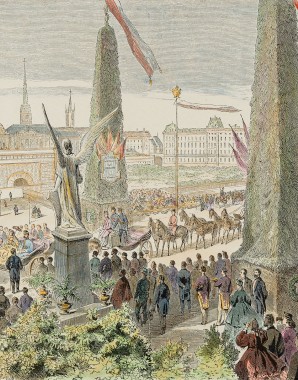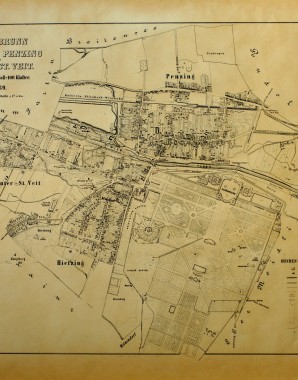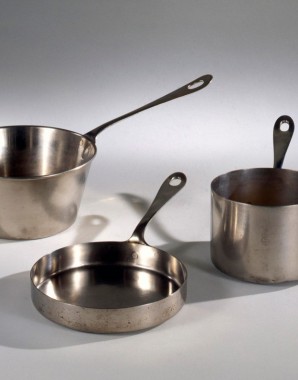From the Magnificent City Centre to the Disreputable Suburbs
It was not only the Emperor and the Nobility who lived in the Imperial City
What do you think of when the imperial city of Vienna comes into your mind? It is more likely to be the magnificent buildings along the Ringstrasse boulevard and fine arts than dreary slums and stinking factories.
Vienna – in particular turn-of-the-century Vienna – stands for modernity, urbanity and cultural achievements at the highest level in literature and painting. It is associated with the Ringstrasse boulevard, the salons of the bourgeoisie and the cafés of the inner city, with little attention being paid to the world of Vienna’s suburbs with its factories and tenements for workers, probably because this would cast a shadow over the beautiful image of Vienna which is so effective in promoting tourism. Even contemporary reports associated the outer suburbs with disorder, disease, crime and the rabble – that is to say places where there was always the danger that they could become the starting-point of a social revolution.














